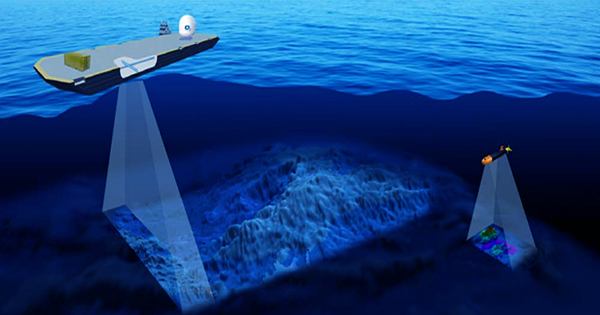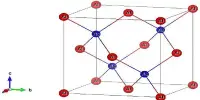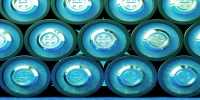Scientists, like modern alchemy, have found a way to extract yellowcake uranium from seawater. A yellowcake is a refined form of uranium ore. After it’s been enriched, it can be used to produce fuel for nuclear power reactors. It can also be made into weapon-grade uranium with further processing and enrichment.
Until very recently, you could only get your hands on these things by digging uranium from the earth. Now, scientists have announced the development of a method that can draw yellowcakes out of seawater with the help of low-cost modified yarn.
Gary Gill, a researcher at Pacific Northwest National Laboratory (PNNL), said in a statement, “This is a significant milestone.”This indicates that this approach could eventually deliver commercially attractive nuclear fuel derived from the oceans – the world’s largest source of uranium.”
Seawater naturally contains about three parts of billions of uranium. Newly developed acrylic fibers hold naturally occurring uranium in water. You can see part of this process in the video player below.
Chien Wai, president of the Supercritical Technologies at LCW, an Idaho-based clean energy company added, “We chemically modify the yarn on a regular, low-cost basis to convert it into an advertiser of choice for uranium, efficient and reusable.”
“For each test, we put about a pound of fiber in the tank for about a month and quickly passed the seawater to mimic the conditions of the open sea. In the first three tests, we got about five grams – it’s not too much about how much nickel weighs. It may take time, but it can really add up,” Gill added.
This new project was no small feat. It has been seven years of work and cost nearly $25 million to complete. The United States, Japan, and China have all been competing for this feat for years, but in the end, it looks like the United States has punched them. The next step in the challenge is to scale up its strategy. The lab is currently applying for some more money to test this new uranium enrichment field in the Gulf of Mexico.
Unlike land-derived uranium, the amount of uranium in seawater is virtually inefficient. Forbes has previously estimated that it could power 1,100 megawatts of nuclear power for 10,000,000 years. Equally, conventional uranium mining is fraught with political, social, and environmental controversies. As one, miners have been found to suffer from high rates of lung cancer. It can also contaminate groundwater and surface water uranium by leaching processes.
The next step is to test this extraction process in the warm waters of the Gulf of Mexico, where the rate of lifting is expected to be three to five times higher due to the temperature. Researchers hope that obtaining uranium from seawater is an effective, economical alternative.















